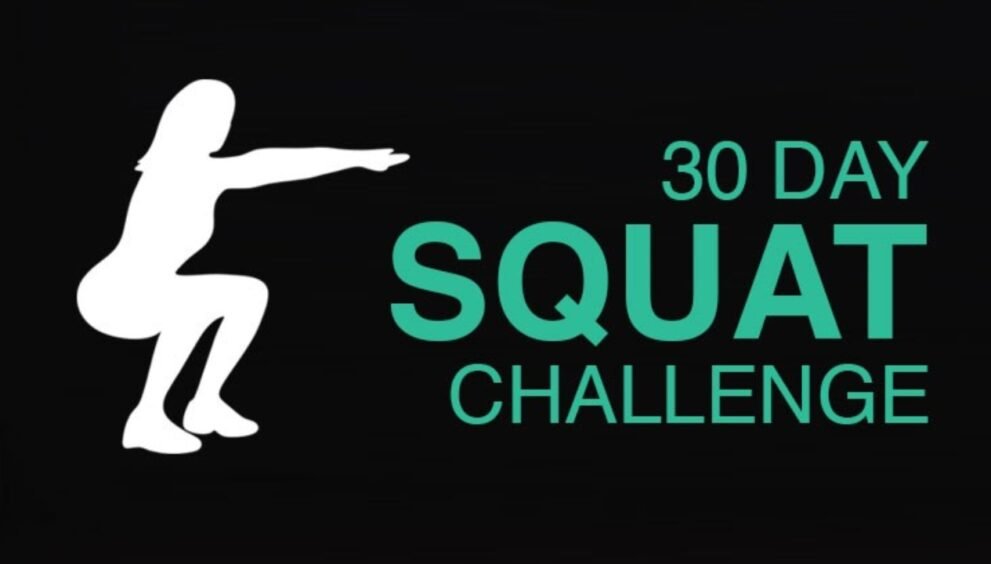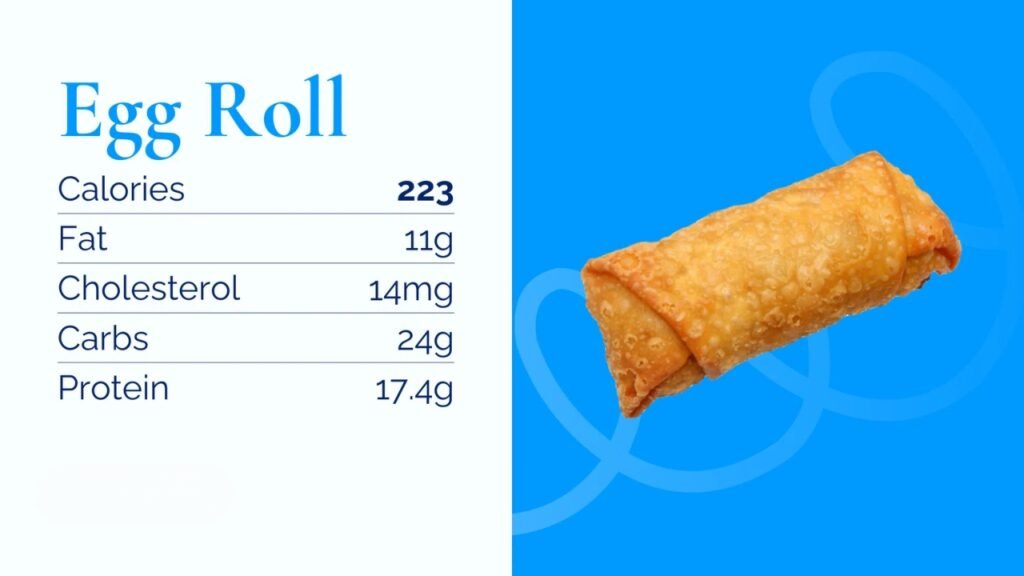30 Day Squat Challenge – No Gym. No Excuses. Just Results.

Americans are no strangers to health fads, however the 30 day squat challenge is extraordinary. It doesn’t require a gym membership, fancy equipment, or a personal trainer. Just your bodyweight, a little time, and a lot of dedication. This month-long commitment to doing squats daily is trending not only for its simplicity, but because it delivers real, visible results.
Whether you’re aiming for a firmer butt, stronger thighs, or better endurance, this challenge offers a low-barrier gateway into lifelong fitness. But does it really work? What’s going on in your body during these 30 days—and how can you maximize your results?
What Is the 30-Day Squat Challenge?
At its core, the 30 day squat challenge is a progressive bodyweight training routine where participants complete an increasing number of squats each day, typically with rest days built in. The structure usually starts with a manageable goal—like 50 squats on Day 1—gradually increasing to 250 or more by Day 30.
Squats can vary in style: standard squats, sumo squats, jump squats, and pulse squats are commonly rotated to challenge muscles and avoid stagnation.
The popularity of this challenge is fueled by social media transformations and the rise of short-term fitness trends. According to a Journal of Sports Sciences study (2019), progressive overload and consistency in bodyweight training can yield significant strength gains, even in beginners.
As Dr. Carla Bennett, a physical therapist and strength coach, puts it:
“Challenges like these are effective not because of the squats themselves, but because they build consistency—arguably the most critical part of any fitness journey.”
The Science Behind Squats: Why They Work
Squats are a compound movement, meaning they work multiple muscle groups at the same time. Each rep activates your glutes, quadriceps, hamstrings, calves, core, and even your lower back—making it one of the most effective full-body exercises available.
During a squat, your body recruits fast-twitch muscle fibers responsible for strength, as well as slow-twitch fibers that build endurance. Over time, this leads to improved muscle tone, enhanced metabolism, and better mobility. Additionally, squats improve circulation and insulin sensitivity, both crucial for metabolic health (European Journal of Applied Physiology, 2018).
Unlike isolation exercises, compound movements like squats trigger hormonal responses that promote fat loss and muscle growth. The 30 day squat challenge leverages this by ensuring consistent repetition and gradual progression.
Mental Strength and Habit Formation: The Hidden Benefits
While physical transformation is often the main motivator, the psychological impact of completing a challenge like this is just as profound. Sticking to a daily habit—even a simple one—trains your brain through what scientists call “habit loop reinforcement”, involving a cue, routine, and reward.
Many participants find squats become a “gateway exercise”, opening the door to broader healthy habits. As strength improves and confidence builds, people naturally begin exploring better nutrition, hydration, and sleep routines.
According to Frontiers in Psychology (2021), short-term, goal-driven challenges like this can significantly reduce anxiety, improve mood, and boost mental resilience.
You’re not just building muscle—you’re building discipline.
How to Maximize Results from the 30-Day Squat Challenge
To fully benefit from your 30-day squat journey, proper form is essential. Incorrect posture can lead to knee strain, lower back pain, or muscular imbalance. Keep these technique tips in mind:
- Feet shoulder-width apart
- Knees tracking over toes
- Weight in the heels
- Chest up, spine neutral
In the first few days, use a mirror or record yourself to check your form. As the reps increase, introduce variations to prevent plateauing: jump squats for cardio, sumo squats for inner thighs, or wall sits for endurance.
Don’t forget nutrition. Squats stimulate muscle repair and growth, which requires adequate protein and micronutrients. Focus on lean meats, healthy fats, and complex carbs.
And hydration? Absolutely essential. Muscles need water and rest to rebuild stronger. Respect your rest days—that’s when real growth happens.
Real-Life Transformations: Why It Works for All Body Types
One reason this challenge has exploded in popularity is its accessibility. Whether you’re 25 or 55, active or sedentary, the 30 day squat challenge is adaptable to your fitness level.
Participants frequently report improved posture, better knee alignment, and even relief from back pain after completing the program. These benefits go beyond aesthetics—they translate into functional strength and improved daily movement.
A compelling case study from the American Journal of Lifestyle Medicine observed a group of middle-aged office workers who improved lower body strength by 19% in just one month using squat-based interventions.
That’s not just impressive—that’s transformative.
After the 30 Days: What Comes Next?
Completing the challenge is an achievement—but it shouldn’t be the end. It should act as a springboard for long-term progress.
Many graduates of the squat challenge go on to tackle other 30-day fitness plans (pushups, planks, etc.) or transition into full-body routines. This is where tools like resistance bands, kettlebells, and dumbbells become useful to advance your training.
Try combining squats with lunges, deadlifts, or step-ups in compound circuits for ongoing progression. And always track your journey—whether through journaling or apps—to measure how far you’ve come.
Your new mindset and discipline are the true rewards.
Conclusion: A Small Step That Sparks Big Change
In a world chasing shortcuts, the 30 day squat challenge proves that consistent effort trumps quick fixes. It’s accessible, effective, and scientifically backed.
You’re not just changing your body—you’re shaping your future, one squat at a time. You’re building mental strength, adopting healthy habits, and embracing a lifestyle of discipline.
































































































































































































































































































































































































